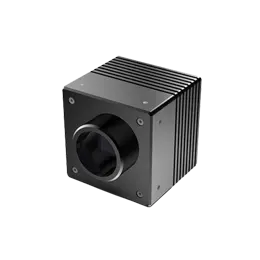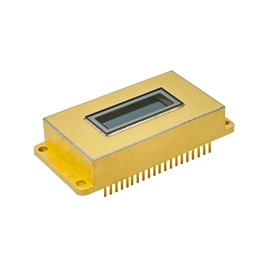Nowadays, electronic devices have been widely used in various fields, playing important roles in areas such as computers, smartphones, televisions, automotive electronics, etc. Their presence has driven technological advancements and led to significant changes in people's lifestyles.
The widespread use of silicon wafers has made IC become a core component of modern electronic devices. Silicon wafers, serving as the substrate for manufacturing microelectronic devices within electronic devices, have become an integral part of people's lives.
![]()
A wafer is an extremely thin semiconductor substrate used in the production of IC. Among the various semiconductor materials, silicon (Si) is the most commonly used material in electronic devices.
The silicon wafer is a critical part of IC, created by slicing high-purity, nearly flawless single crystal silicon rods into wafers, which then serve as substrates for manufacturing microelectronic devices on the wafer's surface and within its layers. The fabrication of a wafer involves multiple microprocessing steps, including masking, etching, doping, and metallization.
Integrated circuits (IC) have become the primary components of almost all electronic devices.It involves transplanting the microstructures of numerous electronic circuits and components onto the surface of semiconductor crystals (e.g., Si). Elements, circuits, and substrates are all manufactured on a single wafer. Due to the flatness and controllable thickness of silicon wafers, hundreds of IC can be produced on a single wafer, which is will be divided into individual chips.
Silicon wafers accumulate residual stresses during growth, cutting, grinding, etching, and polishing processes. If cracks occur in the silicon wafer manufacturing process without detected, wafers with cracks can lead to the production of useless products in subsequent manufacturing stages. Cracks may also arise when separating integrated circuits. Therefore, to reduce manufacturing costs, it is crucial to inspect impurities, cracks in the raw material substrate, and detect defects during the processing before further production.
Infrared Imaging Detection of Internal Cracks in Silicon Wafer
Due to the infrared properties of silicon, indium gallium arsenide (InGaAs) cameras are suitable for imaging detection of silicon wafer, within the 0.9 to 1.7 µm shortwave infrared (SWIR) wavelength range. Ghopto focuses on the design and development of SWIR detector and camera. With comprehensive professional production equipment, the company integrates design, manufacturing, testing, and packaging. GHOPTO independently developed SWIR detectors and imaging systems have reached international advanced levels.
![]()
Fig:GHOPTO silicon wafer inspection system
![]()
Fig 1:GHOPTO SWIR Camera for silicon crack inspection
Sensor Type | GH-SW640HS |
Array Format | 640 x 512 |
Spectral Response | 0.9 μ m ~ 1.7 μ m |
Pixel Pitch | 15μ m |
Active Area | 9.6mm x 7.68mm |
Quantum Efficiency | > 70% (1.0 μ m~ 1.6 μ m ) |
Frame Rate | 50 Hz |
Integration Type | snapshot |
Integration Time | 100 μs ~ 20 ms |
Pixel Operability | > 99.5% |
![]()
Utilizing Infrared Imaging technology can highlight internal defects in silicon wafers, such as cracks and impurities. Swir wafer inspection helpful in the detection and identification of cracks within silicon wafers, enabling the early discovery of potential issues. With a complementary defect detection system, GHOPTO SWIR Camera can reliably be applied to material inspection. Through the enhanced display of infrared images, operators can more accurately detect and identify cracks within silicon wafers, facilitating timely interventions to avoid using wafers with cracks in subsequent production. This enhances product quality and manufacturing efficiency. For the semiconductor manufacturing industry, this holds significant importance.



